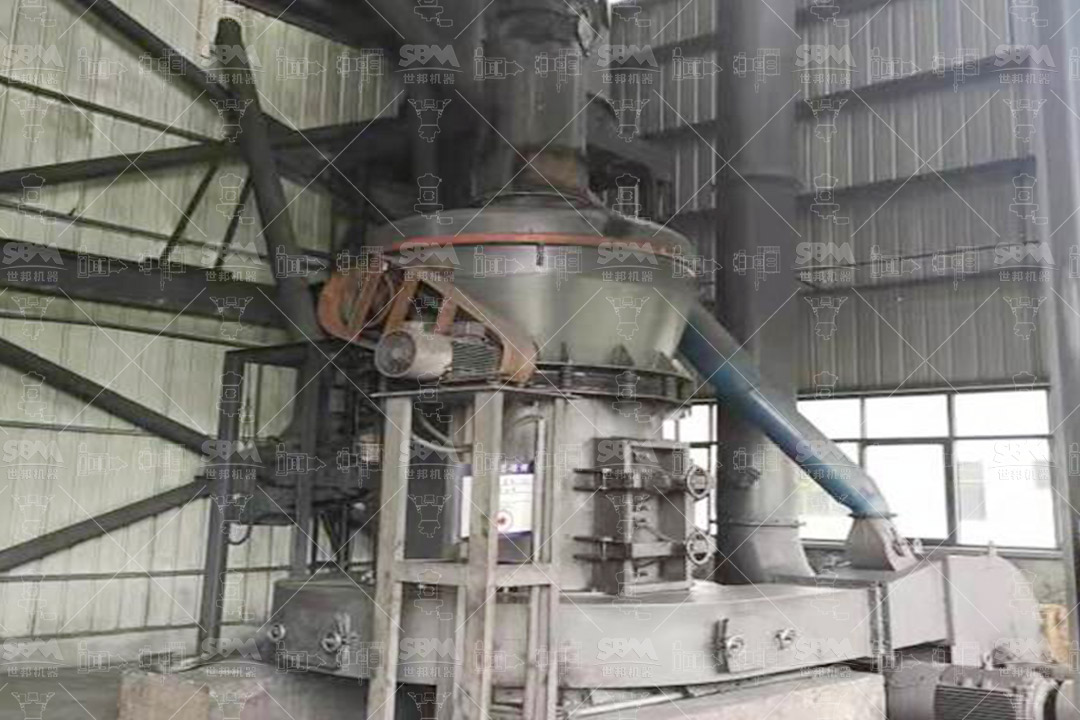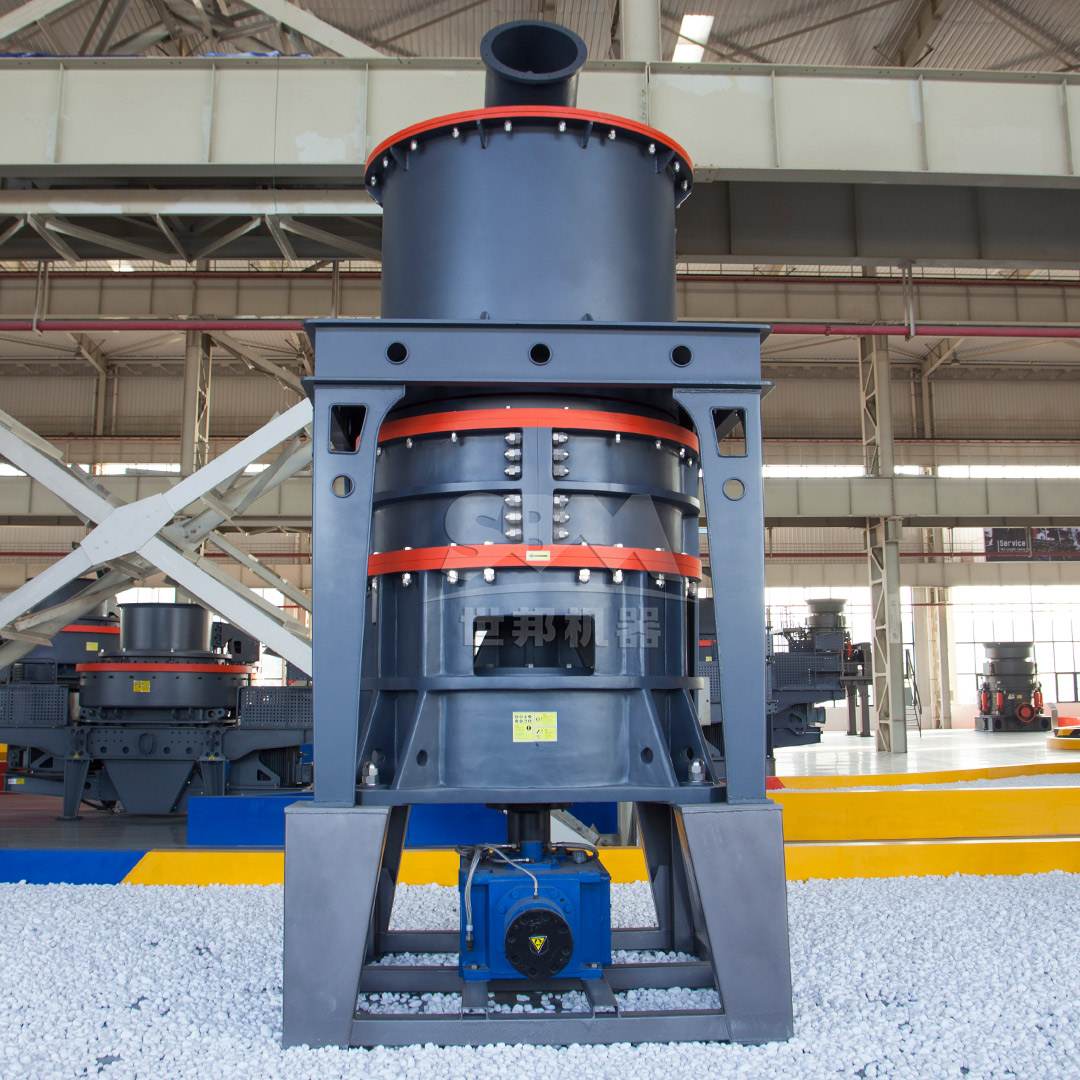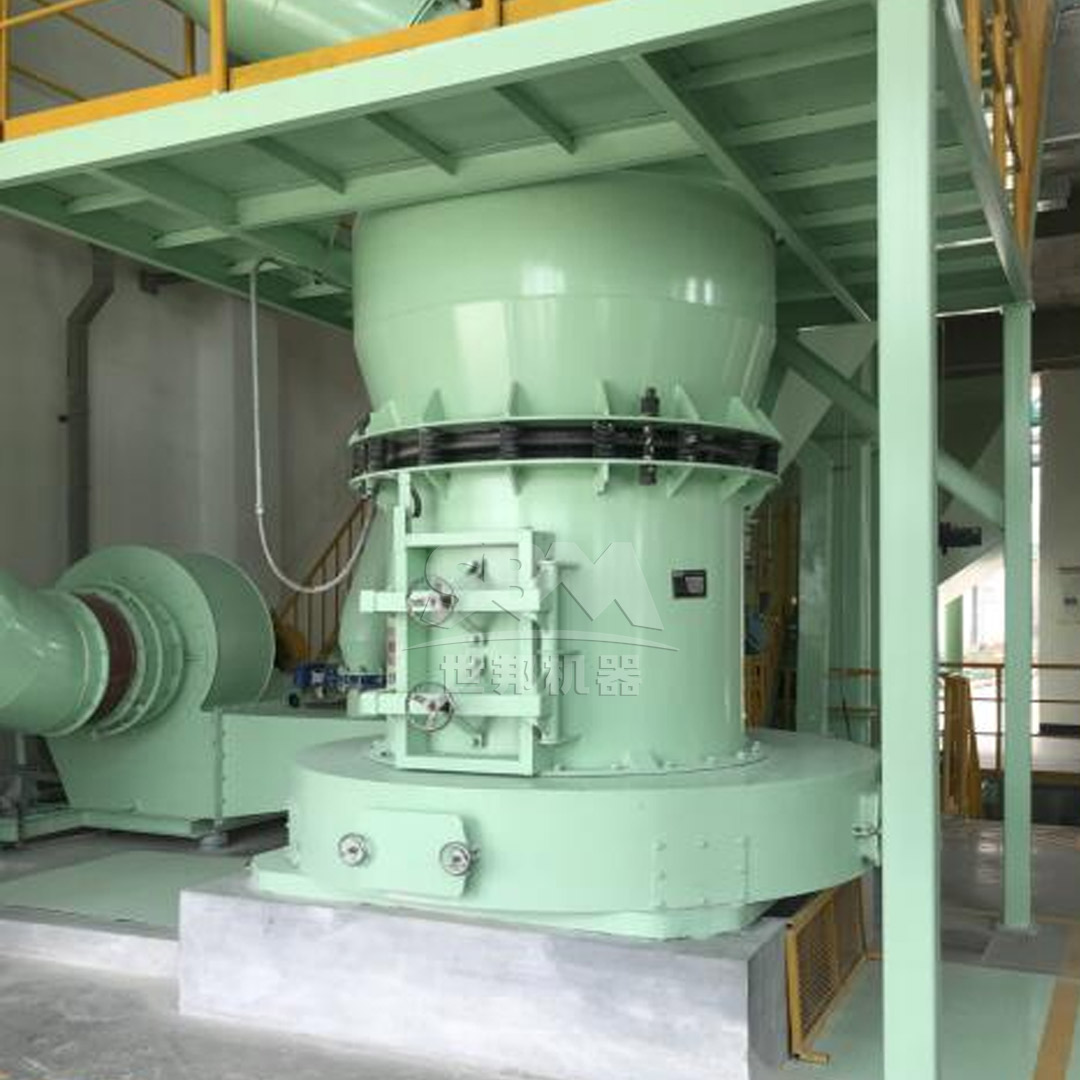August 31, 2025
Kaolin Grinding Mill: Processing Powder for High-Quality Ceramics Manufacturing
The pursuit of excellence in ceramics manufacturing is intrinsically linked to the quality of its primary raw material: kaolin powder. The transformation of raw kaolin clay into a fine, consistent, and high-purity powder is a critical process that demands precision engineering and advanced technology. The choice of grinding equipment directly influences the final product’s properties, affecting everything from the ceramic’s whiteness and strength to its thermal stability and sintering behavior. This article delves into the technical requirements for processing kaolin for ceramics and explores the advanced milling solutions that make it possible.
The Importance of Kaolin in Ceramics
Kaolin, or china clay, is a soft white clay essential for manufacturing porcelain, fine china, and sanitaryware. Its key properties—including high refractoriness, chemical inertness, and plasticity—make it indispensable. However, these inherent qualities are only fully realized after the raw material is processed into a powder with a specific and consistent particle size distribution (PSD). An optimal PSD ensures:
- Enhanced Forming and Plasticity: A controlled fine grind improves the clay’s workability during shaping processes like jiggering, casting, and pressing.
- Uniform Sintering: Consistent particle size prevents differential shrinkage and warping during firing, leading to higher product yields and dimensional accuracy.
- Superior Final Properties: The density, mechanical strength, and surface finish of the fired ceramic body are directly related to the fineness and purity of the kaolin powder.
Consequently, the grinding mill is not merely a size reduction tool but a core component defining the quality and economics of the entire ceramics production line.
Technical Challenges in Kaolin Grinding
Grinding kaolin presents several unique challenges that not all milling systems can overcome effectively:
- Abrasion: Kaolin, while soft, can contain abrasive quartz and other mineral impurities. This necessitates the use of wear-resistant materials in the grinding chamber to maintain product purity (avoiding iron contamination) and ensure long equipment service life.
- Heat Sensitivity: Excessive heat generated during milling can chemically alter the kaolin, driving off hydrous water and reducing its plasticity and reactivity. Maintaining a low operating temperature is paramount.
- Precision Classification: Achieving a tight, specific PSD (e.g., D97 ≤ 10μm or even finer for high-end applications) requires an integrated, high-efficiency classification system to ensure no oversized particles contaminate the final product.
- Efficiency and Yield: The process must be energy-efficient to keep operational costs low and must maximize yield to be economically viable.
Advanced Milling Technologies for Kaolin
Several types of mills are employed in the kaolin industry, each with its own advantages. The evolution from traditional ball mills to modern, integrated vertical roller mills and ultra-fine grinding systems represents a significant leap in efficiency and control.
1. Traditional Ball Mills
Ball mills have been a historical workhorse for mineral grinding. They operate on the principle of impact and attrition as grinding media (steel balls) cascade inside a rotating cylinder. While capable of producing fine kaolin powder, they are often limited by:
- High energy consumption, with a significant portion of energy lost as heat and noise.
- Relatively broad particle size distribution, often requiring external classification systems.
- Potential for iron contamination from worn grinding media.
- Large footprint and high capital investment for large-scale operations.
2. Vertical Roller Mills (VRM)
Vertical Roller Mills represent a major technological advancement. They operate by applying concentrated pressure on a bed of material using hydraulically-loaded grinding rollers. For kaolin processing, our LM Series Vertical Roller Mill offers a superior solution.

This system is highly efficient for achieving mid-range fineness (e.g., 30-325 mesh). Its key advantages for kaolin include:
- High Grinding Efficiency: Direct grinding on the bed material reduces specific energy consumption by 30-40% compared to ball mills.
- Integrated Drying: The mill can utilize hot gases to simultaneously dry moist kaolin feed, simplifying the process flow.
- Compact Design: Its integrated grinding and classification within a single unit reduces the plant footprint by up to 50%.
- Low Wear: The non-contact design between rollers and the grinding table, combined with premium wear materials, minimizes contamination and extends maintenance intervals.
3. Ultra-Fine Grinding Mills
For the most demanding ceramics applications requiring ultra-fine powders (e.g., 1250-2500 mesh or D97 ≤ 5µm), specialized ultra-fine mills are required. In this domain, our flagship product, the SCM Ultrafine Mill, is the industry benchmark.

Engineered for precision and reliability, the SCM Ultrafine Mill is specifically designed to overcome the challenges of kaolin processing:
- Exceptional Fineness: It consistently produces powder in the range of 325-2500 mesh (45-5µm), meeting the strictest requirements for high-grade ceramics.
- High Efficiency & Energy Savings: Its innovative grinding mechanism delivers twice the capacity of jet mills while reducing energy consumption by 30%. Intelligent control systems automatically adjust parameters to maintain target fineness.
- Precision Classification: An advanced vertical turbo-classifier ensures sharp particle size cuts, guaranteeing a uniform product with no coarse grit.
- Durability and Purity: The grinding rollers and ring are made from special wear-resistant materials, prolonging service life by multiples and preventing metallic contamination. The unique bearingless screw design in the grinding chamber enhances operational stability.
- <\/ul>Environmental Performance: The mill operates with high-efficiency pulse dust collectors that exceed international emission standards. Its integrated soundproofing ensures a quiet working environment with noise levels below 75dB.
| Model |
Handling Capacity (ton/h) |
Main Motor Power (kW) |
Feed Size (mm) |
Final Fineness (mesh) |
| SCM800 |
0.5-4.5 |
75 |
≤20 |
325-2500 |
| SCM900 |
0.8-6.5 |
90 |
≤20 |
325-2500 |
| SCM1000 |
1.0-8.5 |
132 |
≤20 |
325-2500 |
| SCM1250 |
2.5-14 |
185 |
≤20 |
325-2500 |
| SCM1680 |
5.0-25 |
315 |
≤20 |
325-2500 |
The SCM series, with its model range, provides a scalable solution for operations of any size, from pilot plants to large-scale industrial production.
Selecting the Right Mill for Your Application
The choice between a Vertical Roller Mill (LM Series) and an Ultra-Fine Mill (SCM Series) depends on the specific requirements of the final ceramic product:
- For standard ceramic bodies, sanitaryware, and tile production where a fineness of 200-400 mesh is typically sufficient, the LM Vertical Roller Mill offers an optimal balance of capital and operational expenditure, high throughput, and efficiency.
- For high-performance technical ceramics, advanced porcelain, and specialty applications requiring sub-10-micron powders for superior density and surface properties, the SCM Ultrafine Mill is the unequivocal choice. Its ability to deliver precise, contamination-free ultra-fine powder is unmatched.
Conclusion
The journey from raw kaolin clay to a high-performance ceramic product is paved with precision grinding. Investing in the right milling technology is not an operational expense but a strategic investment in product quality, process efficiency, and market competitiveness. Modern mills like the LM Vertical Roller Mill and the SCM Ultrafine Mill provide ceramics manufacturers with the tools needed to master this critical stage, enabling them to produce consistent, high-quality powders that form the foundation of exceptional ceramics. By understanding the technical demands of their products and leveraging these advanced grinding solutions, manufacturers can achieve new levels of excellence in an increasingly demanding global market.



